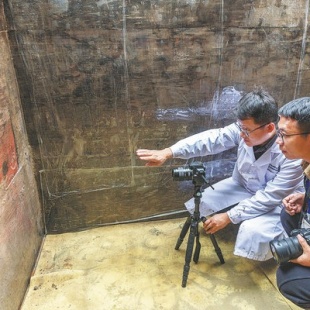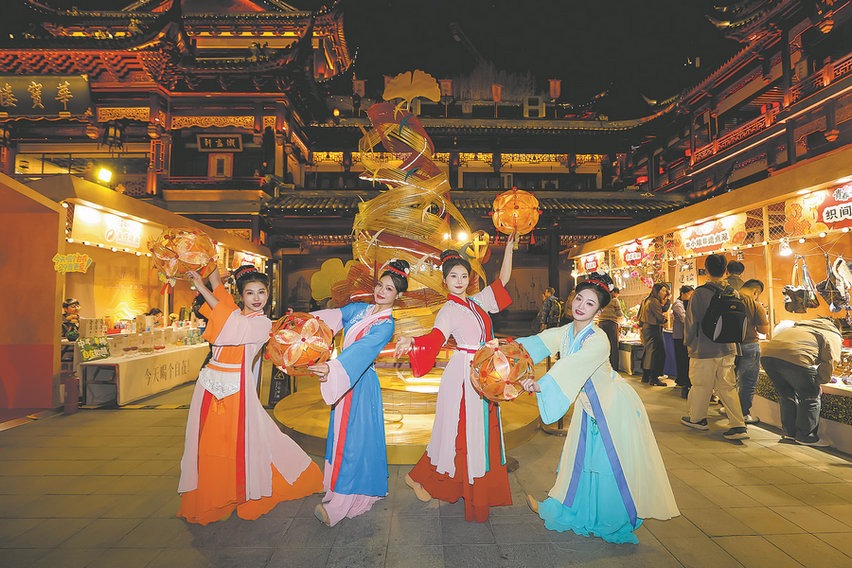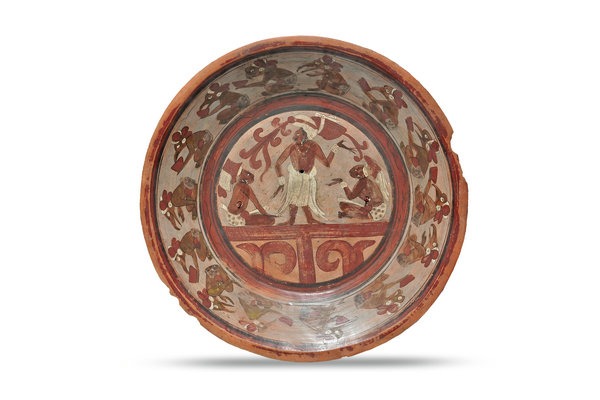Discovery of rare Western Han Dynasty tomb sheds precious light on the past

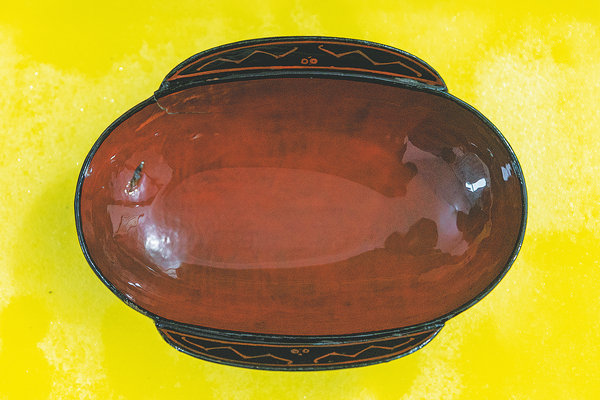
CHONGQING — A well-preserved tomb from the Western Han Dynasty (206 BC-AD 24), with a clear record of the year it was sealed, has been discovered in Wulong district of Southwest China's Chongqing, according to the Chongqing Cultural Relics and Archaeology Research Institute.
This archaeological project is an excavation and protection task carried out to forge cooperation with the Baima project, the last of a cascade of hydropower stations on the section of the Wujiang River in Chongqing.
With the approval of the National Cultural Heritage Administration, the Chongqing Cultural Relics and Archaeology Research Institute set up a work team of some 20 people from different archaeology research institutes and universities to excavate the site in March this year.
According to Huang Wei, leader of the archaeological project, a collection of tombs dating from the Han Dynasty (206 BC-AD 220) to the Six Dynasties period (222-589) were discovered as part of this project. The tomb dating back to the Western Han Dynasty was the most important among them, and more than 600 precious cultural relics such as lacquerware, wood ware, bamboo ware, pottery and bronze ware were unearthed from it.
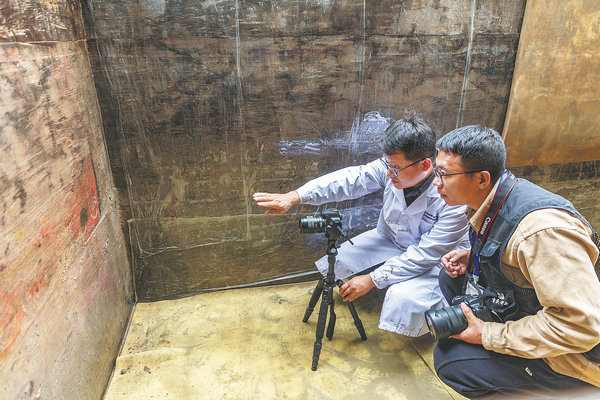
Due to being filled with water, the tomb remained undisturbed and unharmed, and the funerary objects were well-preserved.
"What is exciting about this discovery is not just the large number of unearthed artifacts but also the list of burial items that indicate a precise record of burial, which has been verified as 193 BC, providing clarity on the tomb's date. A piece of unearthed jade ware shows the prominent position of the tomb owner," Huang says.
The list of burial items found is complete and clearly records the name, quantity and size of the funerary objects.
The tomb contains the largest quantity of lacquered wood and bamboo ware ever found at one time in the upper reaches of the Yangtze River, says Bai Jiujiang, head of the Chongqing Cultural Relics and Archaeology Research Institute.
Based on publicly available information, it is also the earliest tomb of the Western Han Dynasty found in China with a clear recorded year, according to Bai.
This is a major archaeological discovery with regard to the Qin (221-206 BC) and Han dynasties in the Wujiang River Basin, and it offers physical evidence and important basic research materials for the future study of burial customs and the comparative analysis of famous artifacts from the early Western Han Dynasty, according to the archaeologists.


